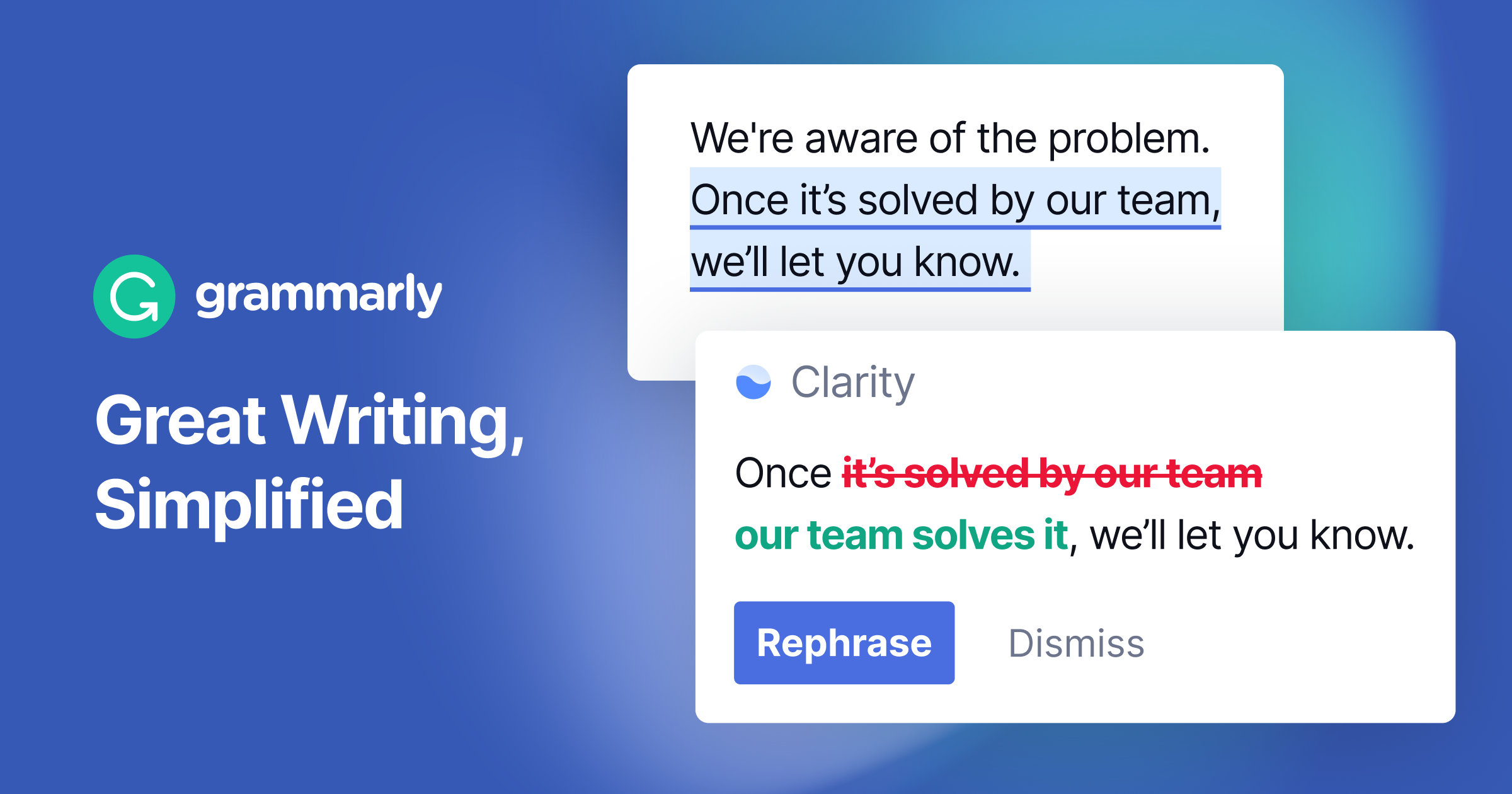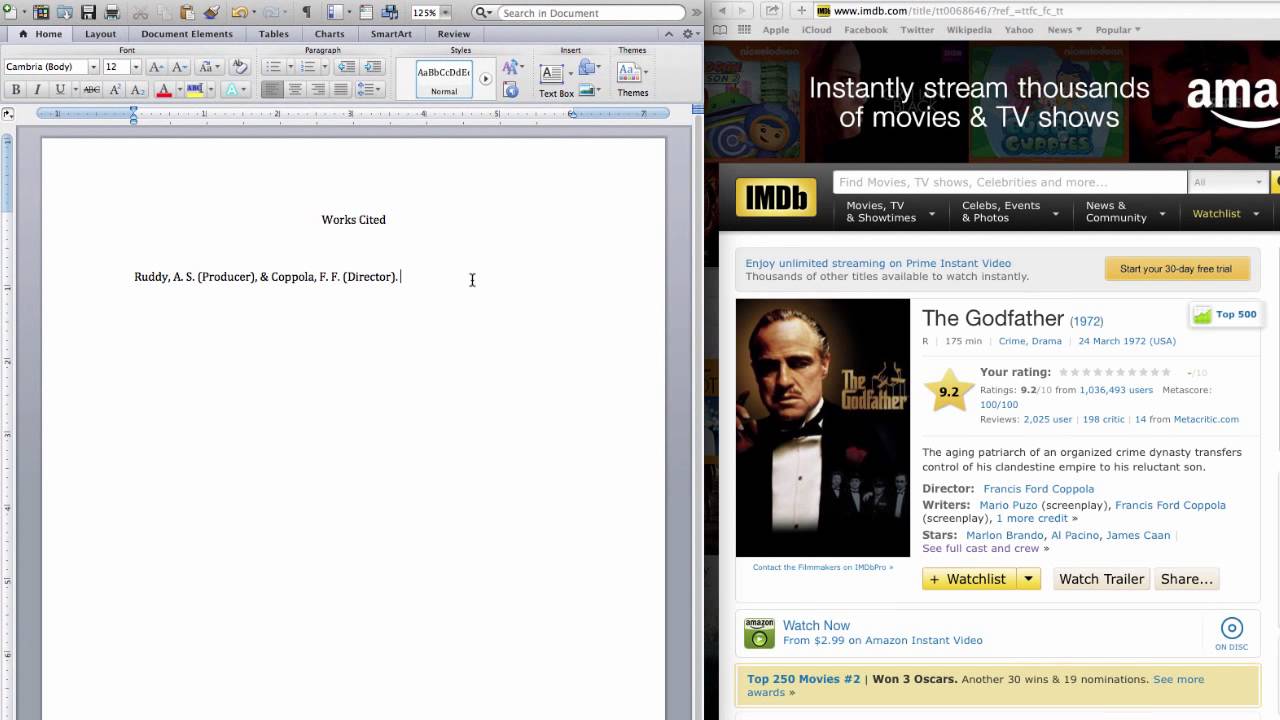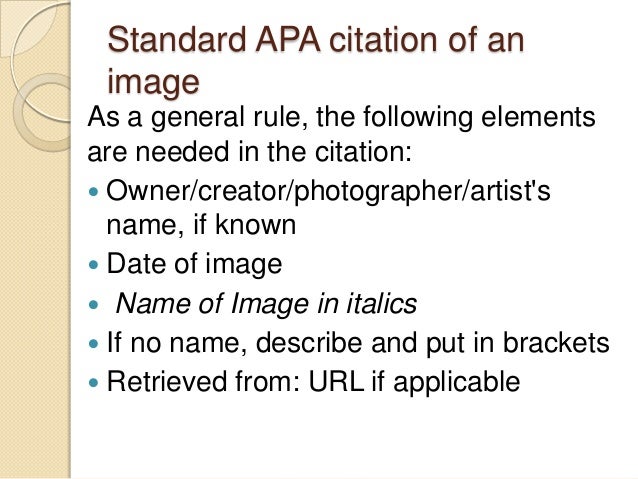If you’ve ever wondered how to properly give credit to the stunning images you find on Shutterstock, you’re not alone. As a professional or student, using images responsibly means citing them correctly, especially when following APA format. While Shutterstock provides high-quality visuals that can elevate your work, it’s essential to understand how to attribute these images properly in your references and in-text citations. Don’t worry—it’s simpler than you might think! In this guide, we’ll walk you through the basics of citing
Understanding the Importance of Proper Image Citation

Why does it matter to cite Shutterstock images correctly? Well, proper attribution is more than just a formality; it’s about respecting creators’ rights and maintaining academic integrity. When you use images without proper citation, you risk plagiarism, which can lead to serious consequences like loss of credibility or even legal issues. Moreover, citing your sources accurately helps your readers find the original images if they want to learn more or use them themselves. It also shows that you’re diligent and respectful of intellectual property, which is especially important in professional and academic contexts.
In the world of visuals, Shutterstock is just one of many platforms where creators share their work, often under specific licensing agreements. Correctly citing these images ensures you’re complying with licensing terms and giving proper credit. Plus, understanding how to cite images properly sharpens your overall research and writing skills. Whether you’re preparing a report, presentation, or publication, mastering APA image citation makes your work look polished and trustworthy. So, taking the time to learn the right way to cite Shutterstock images isn’t just about following rules—it’s about honoring the effort and creativity behind every beautiful visual you incorporate into your work.
Step-by-Step Guide to Citing Shutterstock Images in APA Format

So, you’re ready to include Shutterstock images in your research paper or presentation, but you’re not quite sure how to do it correctly in APA style? Don’t worry—it’s easier than you might think! Here’s a simple step-by-step guide to help you craft accurate citations that give credit where it’s due and keep your work professional.
- Identify the essential information: First, gather all the details needed for the citation. This includes:
- The creator’s name (if available)
- The year the image was created or published
- The title or description of the image
- Source or platform name (Shutterstock)
- The URL where the image can be accessed
- Determine if the creator is known or anonymous: If the photographer or artist is credited, include their name. If not, start with the title or description of the image.
- Format the author and date: In APA, the author’s name appears as Last Name, First Initial. Year goes in parentheses. For example: Doe, J. (2022).
- Craft the title or description: Use italics for titles of standalone works. If no formal title exists, provide a brief description in square brackets.
- Include the source and URL: After the description, add “Shutterstock” as the publisher, followed by the URL. Ensure the URL is direct and accessible.
- Put it all together: Follow the APA citation structure, which looks like this:
Author, Initials. (Year). Title or description of the image [Image]. Shutterstock. URL
Remember to use a hanging indent for the reference list, which means the second line and beyond are indented. This makes your citations neat and easy to scan.
Examples of APA Citations for Shutterstock Images

Let’s see how this works in practice! Here are some sample citations based on different scenarios you might encounter:
Example 1: Image with a known creator and a title
Johnson, L. (2021). Sunset over mountains [Photograph]. Shutterstock. https://www.shutterstock.com/image-photo/sunset-over-mountains-123456789
Example 2: Image without a credited creator
[Abstract colorful painting]. (2020). Shutterstock. https://www.shutterstock.com/image-photo/abstract-colorful-painting-987654321
Example 3: Image with a description instead of a formal title
Young woman working on a laptop in a coffee shop [Photograph]. (2019). Shutterstock. https://www.shutterstock.com/image-photo/woman-working-laptop-coffee-shop-456789123
In all these examples, notice how the core elements are present and correctly formatted. When in doubt, always include the creator if available, the year, a brief description or title, and the URL. Proper citation not only shows respect for the creator’s work but also strengthens the credibility of your own work. Happy citing!
Common Mistakes to Avoid When Citing Shutterstock Images
When it comes to citing Shutterstock images in APA format, many people make some pretty common mistakes that can compromise the professionalism and accuracy of their work. Let’s go over a few of these pitfalls so you can steer clear of them and ensure your citations are spot-on.
1. Forgetting to include all necessary details. An incomplete citation can lead to confusion or even accusations of plagiarism. Make sure you include the author, year, title, source, and any specific image ID or URL as required.
2. Misidentifying the author or creator. Sometimes, users mistakenly assume Shutterstock as the author, but in reality, the creator of the image is the photographer or designer who uploaded it. Always double-check the creator’s name in the image details.
3. Using incorrect or outdated citation formats. APA guidelines are updated periodically. Using an outdated format or mixing styles can make your work look unprofessional. Always refer to the latest APA manual or trusted online resources.
4. Failing to attribute images properly when required. Some licenses require explicit attribution, especially for free images or those used for educational purposes. Not providing proper credit can breach licensing terms.
5. Ignoring image licensing restrictions. Shutterstock offers various licensing options—royalty-free, rights-managed, etc. Failing to understand or respect these restrictions can lead to legal issues, so always verify the license type and cite accordingly.
6. Not including the retrieval date or link when necessary. For images that are likely to change or be updated, including a retrieval date and a stable URL helps maintain the citation’s accuracy over time.
Additional Tips for Accurate and Ethical Image Use
Using images ethically isn’t just about giving credit — it’s about respecting creators, following legal guidelines, and maintaining your credibility. Here are some extra tips to help you stay on the right side of proper image use:
- Always verify your image license. Before using any Shutterstock image, double-check the license type. If it’s rights-managed, ensure your use aligns with the licensing terms. For royalty-free images, confirm that your intended use is permitted.
- Keep detailed records of licenses and permissions. Save copies of license agreements, purchase receipts, and attribution details. This documentation can be invaluable if questions about your usage arise later.
- Give clear credit in your work. Follow APA guidelines precisely, but also consider including a caption or credit line near the image, especially in presentations or publications, to make attribution clear and accessible.
- Respect copyright and intellectual property rights. Avoid modifying images in ways that distort the original creator’s intent or misrepresent their work. Always credit the creator when required.
- Stay updated on copyright laws and best practices. Laws and guidelines evolve, so regularly review updates from APA, Shutterstock, and intellectual property authorities to ensure compliance.
- Use images ethically in context. Make sure the image’s content aligns with your message and doesn’t perpetuate stereotypes or inaccuracies. Ethical use goes beyond just citation—it’s about responsible storytelling.
By paying close attention to these tips and avoiding common pitfalls, you’ll not only produce more credible and professional work but also respect the rights of creators whose images you rely on. Ethical and accurate image use builds trust with your audience and upholds your reputation as a responsible researcher or content creator.
Conclusion and Resources for Further Assistance
Properly citing Shutterstock images in APA format is essential to give appropriate credit and maintain the integrity of your work. Remember to include all necessary details such as the author, publication year, image title or description, and the URL or DOI. Accurate citations not only adhere to academic and professional standards but also protect you from potential copyright issues. As you become more familiar with APA guidelines, citing images will become an easier part of your workflow.
For further assistance, consider consulting the APA Publication Manual (7th edition), which provides comprehensive guidelines on citing various sources. Additionally, online resources such as the APA Style website offer detailed examples specific to images and digital media. Many universities and libraries also provide citation guides and tutorials that can help clarify common questions. If you’re still unsure, reaching out to a librarian or a writing center can provide personalized support to ensure your citations are accurate and complete.
By utilizing these resources, you’ll be well-equipped to cite Shutterstock images correctly in APA format, enhancing the professionalism and credibility of your work. Remember, diligent citation practices are a key component of ethical research and presentation.


